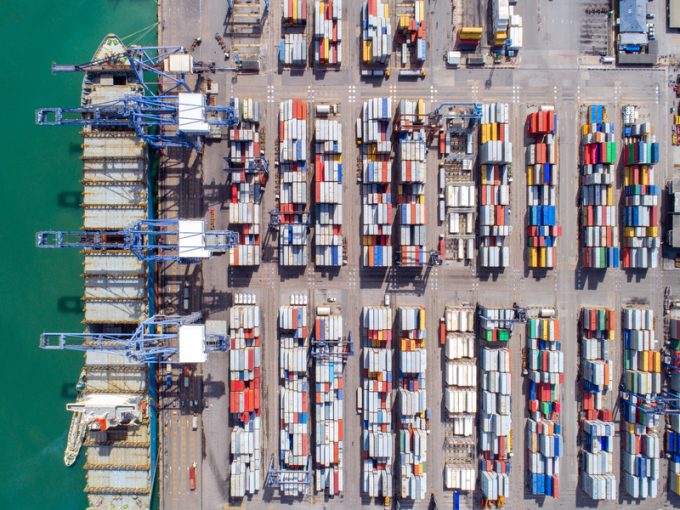Revised carrier schedules bedding-in, say shippers, but they see trouble ahead
Amid continuing attacks on commercial shipping by Houthi rebels, scheduling issues caused by re-routing of ...

Container shipping lines are making better margins than ever, according to new research, which suggests that while customers face escalating freight rates, carrier operating costs have been declining.
The Container Shipping Market Quarterly Review, published by UK consultant MDS Transmodal in conjunction with the Global Shippers ...

Comment on this article